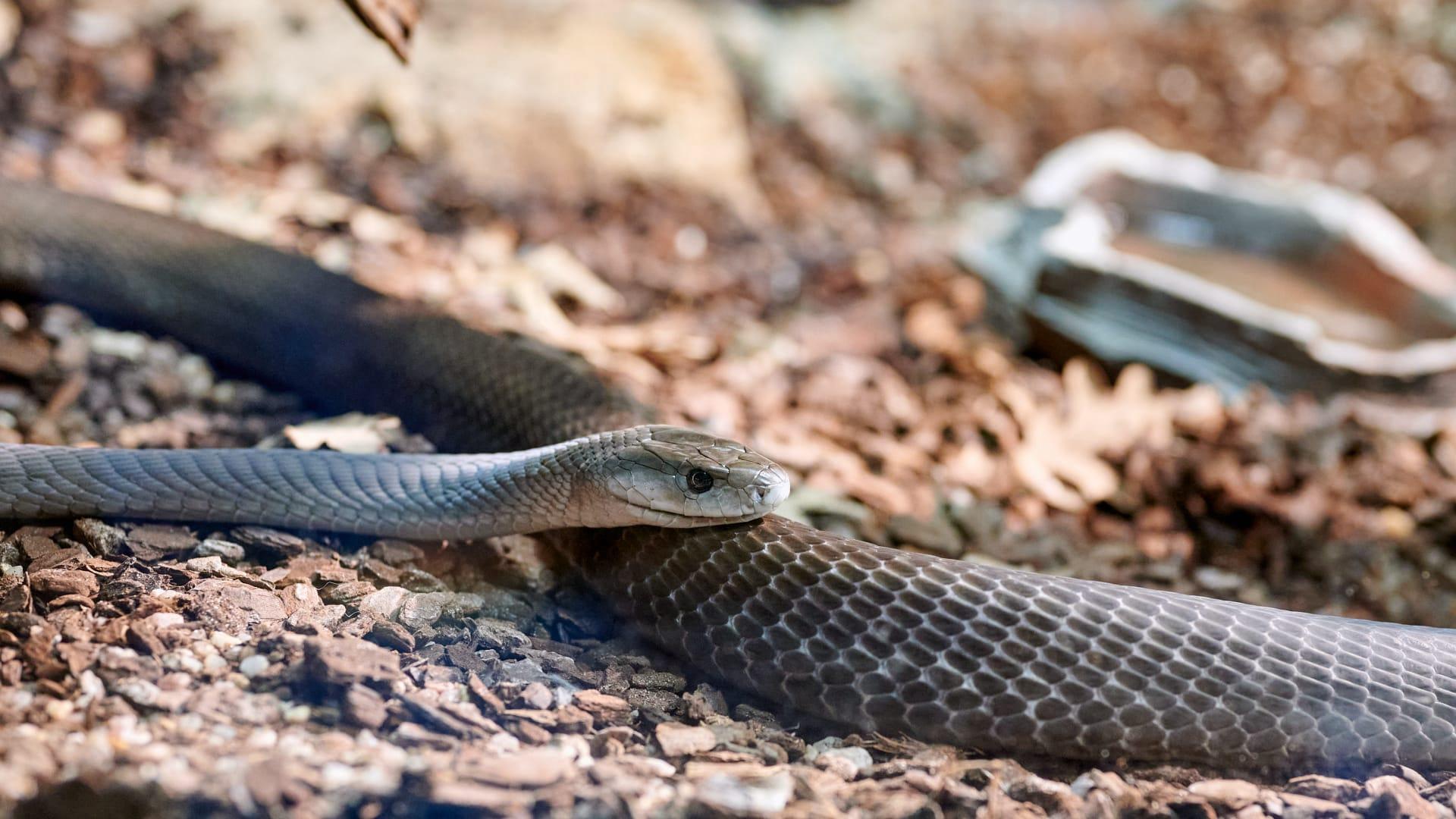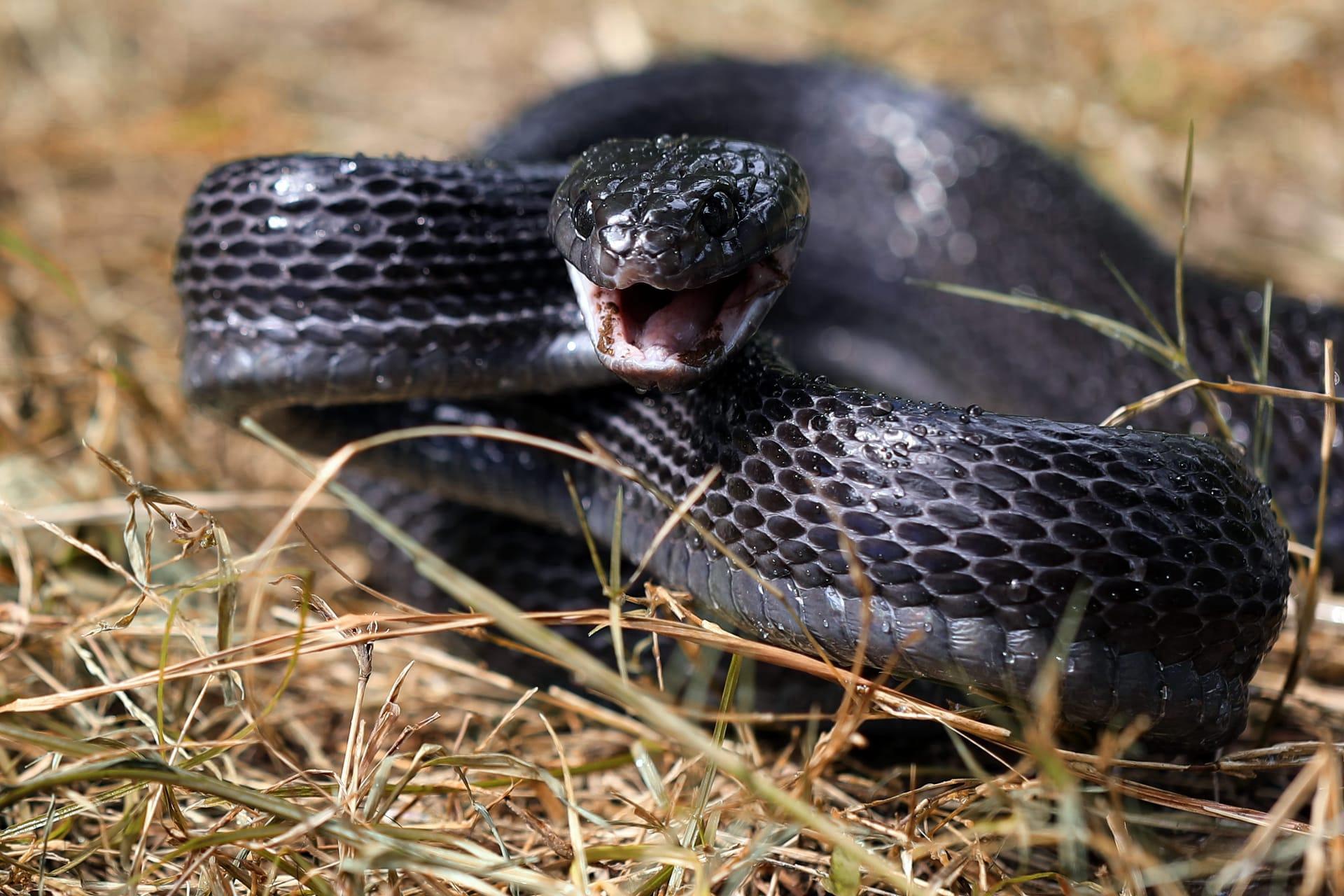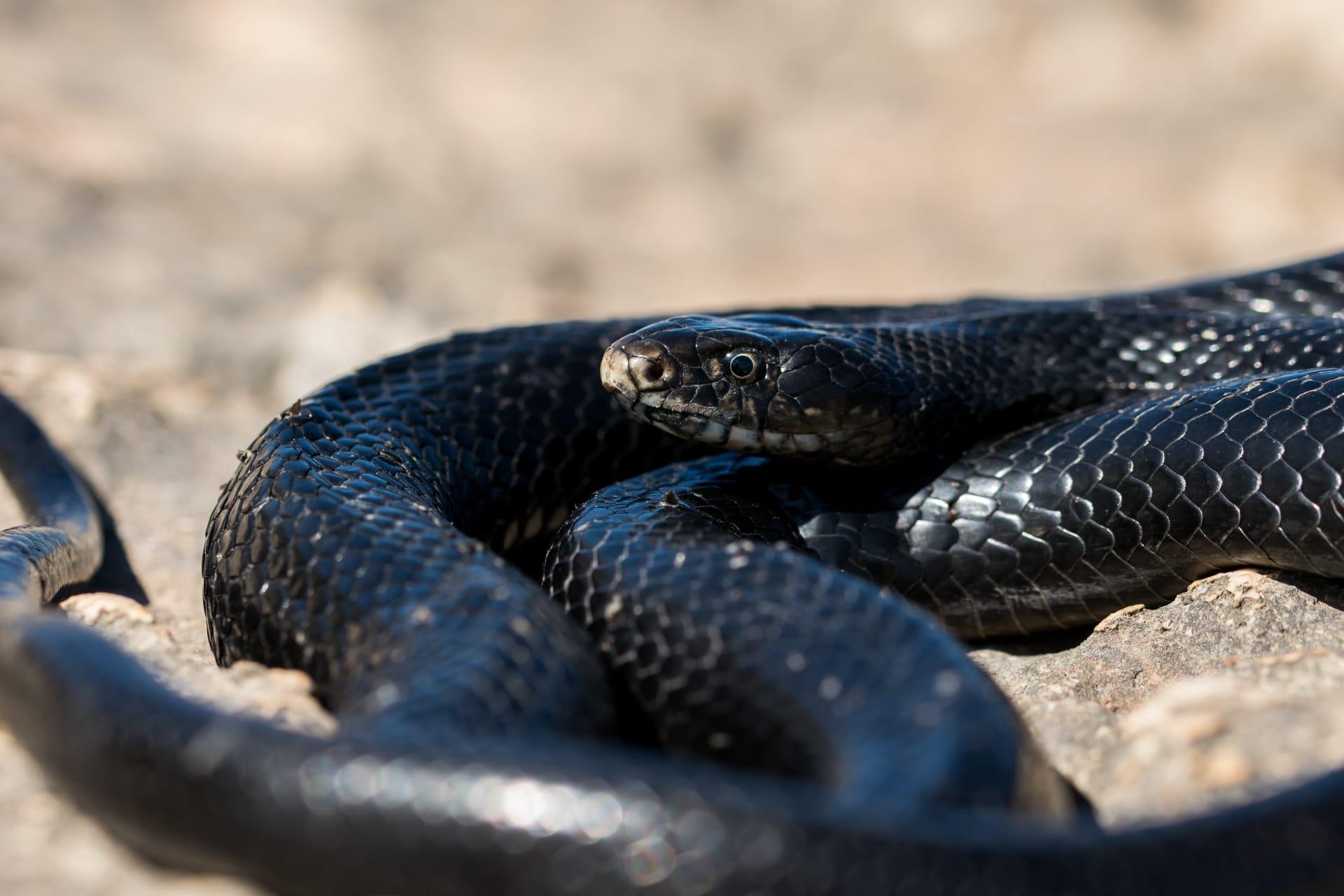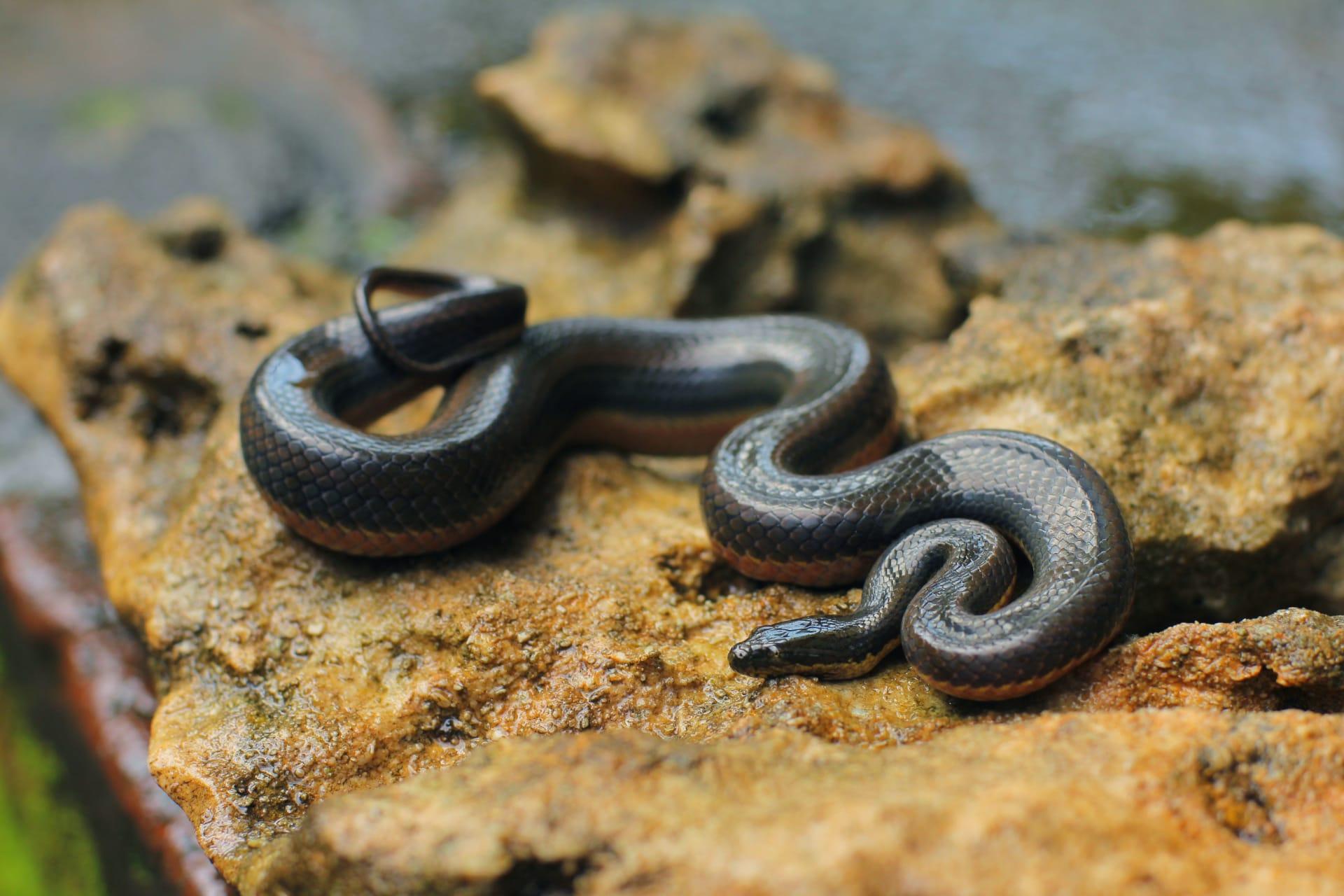Black Mamba Characteristics
- Home /
- Mini Encyclopedia /
- Animal /
- Black Mamba Characteristics
1
The Black Mamba, an African native, stands out in the snake world for its impressive size and speed. Measuring up to 14 feet (about 4.3 meters) in length, this formidable reptile boasts a slender, streamlined body. Despite its size, the Black Mamba is incredibly agile and fast, capable of speeds up to 12.5 mph (20 km/h). In terms of lifespan, these snakes can live up to 11 years in the wild, a notable period considering the dangers they face in their natural habitats.
Among its remarkable features, the Black Mamba's venomous bite is its most distinctive organ. This snake possesses highly specialized venom glands that produce a potent neurotoxic venom. When delivered through its fangs, this venom can cause paralysis and is fatal to humans if not treated promptly. The speed and efficiency of its venom delivery system make the Black Mamba one of the most feared snakes in Africa.

2
Question: What makes the Black Mamba's venom so deadly?
Answer: The lethality of the Black Mamba's venom lies in its composition, which includes neurotoxins, cardiotoxins, and other compounds. Neurotoxins attack the nervous system, disrupting signals between the nerves and muscles, leading to paralysis. Cardiotoxins affect the heart, causing irregularities and potentially leading to cardiac arrest. The venom's rapid impact on the body, often causing death within 7 to 15 hours without antivenom, underscores its potency and danger.

3
The Black Mamba's movement characteristics are as notable as its venom. Known as one of the fastest snakes in the world, it can slither at a speed of up to 12.5 mph (20 km/h). This speed, combined with its agility, allows the Black Mamba to escape predators and catch prey with remarkable efficiency.
In terms of hunting and feeding, the Black Mamba is a carnivorous predator, preying mainly on birds and small mammals. Its hunting strategy involves a swift, accurate strike, injecting venom into the prey. Once bitten, the prey quickly succumbs to the venom, allowing the snake to consume it without struggle. This method of hunting is efficient and minimizes the risk of injury to the snake.

4
The Black Mamba predominantly inhabits savannas, rocky hills, and open woodlands of Sub-Saharan Africa. These environments offer the ideal combination of warmth, hiding places, and an abundance of prey. The snake is adept at climbing trees and often uses this skill to bask in the sun or hunt birds.
Reproduction-wise, Black Mambas are oviparous, meaning they lay eggs. The mating season typically occurs in the spring. Females lay between 6 to 17 eggs, which they deposit in a concealed location like a burrow. The eggs incubate for about 90 days before hatching. The hatchlings are about 16 to 24 inches (40 to 60 cm) long and are independent from birth, possessing venom as potent as that of adults.

5
Book: "Venomous Snakes of Africa" by Richard Mastenbroek, published in 2010 in the United States. This comprehensive guide explores the various venomous snakes found in Africa, including the Black Mamba. Mastenbroek's work delves into the biology, behavior, and venom characteristics of these snakes, providing insights into their ecological roles and interactions with humans.
Book: "African Serpents: The Silent Hunters" by Laura Johnson, released in 2015 in the United Kingdom. Johnson's book focuses on the hunting and survival strategies of African snakes, particularly the Black Mamba. The book offers a detailed look at the Black Mamba's habitat, diet, and the myths surrounding this feared yet fascinating creature.